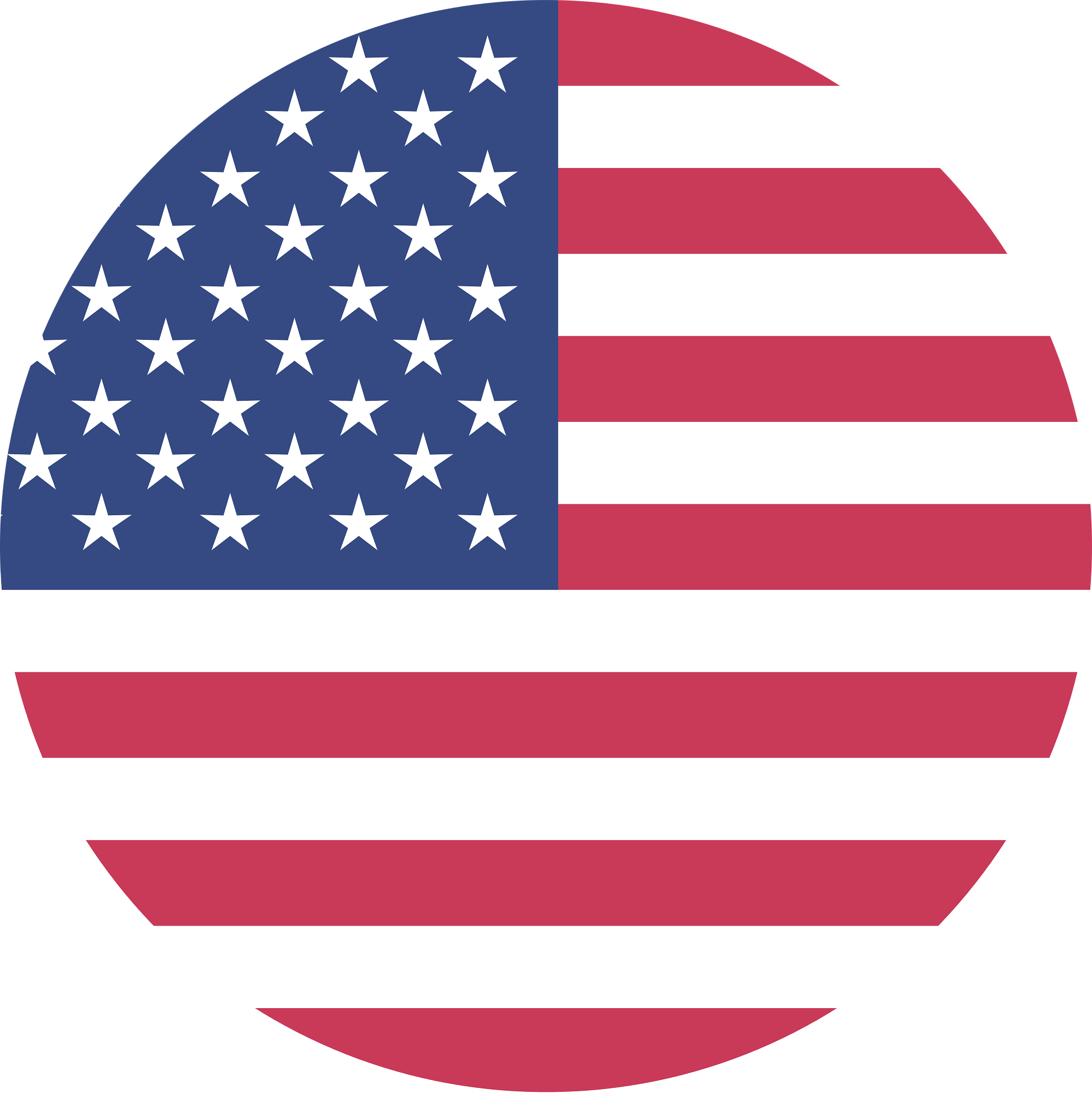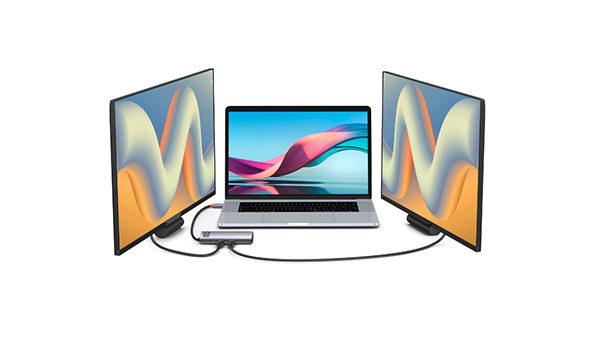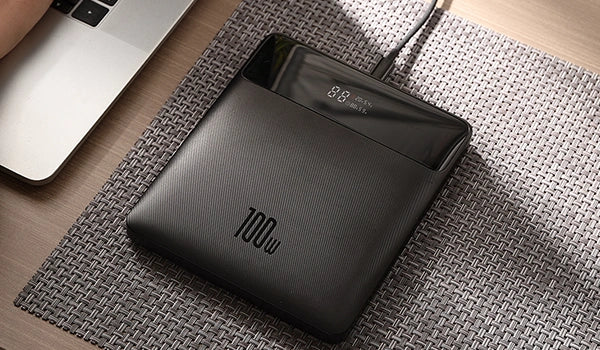It's only been a little more than 6 months since Apple released the iPhone 14. But already, there are a million and one rumors about the iPhone 15 flying around. People are eagerly anticipating its release, even though it's not going to be out for another 5 months or so.
One of the biggest rumors surrounding the iPhone 15 is the belief it's going to come with a USB-C connector for charging as opposed to a Lightning connector like the current iPhone. It's leading to a lot of debate about the differences between USB-C vs Lightning.
It remains to be seen whether Apple will end up using USB-C connectors and charger cables to go along with them for the iPhone 15. But it would be worth learning about what sets these two types of cables and connectors apart.
Continue reading to find out what you need to know about these two connector and cable options.
What Is a Lightning Connector?
Lightning connectors have been around for quite some time now. Apple first introduced them way back in 2012 when the company was releasing the iPhone 5. They took the place of the aging 30-pin connectors that Apple had used for all its products since 2003.

Since then, Apple has packaged all of its products with Lightning connectors and cables to go along with them. These cables could be used to charge iPhones, iPads, etc., and they could also be utilized to connect these devices to computers, monitors, cameras, and more.
What Is a USB-C Connector?
Even though some people are just now finding out about USB-C connectors, they've been around for almost as long as Lightning connectors. They were developed by the USB Implementers Forum before being introduced to the world in 2014.

Since then, USB-C connectors have slowly turned into the standard for those creating electronic accessories that require connectors and charger cables. Apple actually played a part in this by incorporating USB-C connectors into its entry-level MacBooks back in 2015.
Apple continued to use Lightning connectors in many of its products, including iPhones. But other smartphone manufacturers made the jump to USB-C.
This all led to the European Union demanding that all smartphones, tablets, and cameras sold in the EU come equipped with USB-C connectors by the end of 2024.
This put Apple in a position where they'll soon have to do away with Lightning connectors in the EU. And since they're going to be doing that, it sounds like they may do away with them altogether and begin using USB-C connectors and cables in the U.S., too.
What Are the Differences Between USB-C vs Lightning Connectors?

Apple has remained tight-lipped as to whether they're going to start producing iPhones with USB-C connectors as opposed to Lightning connectors. But it sure appears as though things are headed that way. So now would be a good time to find out about the differences between USB-C vs Lightning connectors and cables.
We've put together a list of just some of the ways in which USB-C connectors differ from Lightning connectors below. Check them out.
Design
The very first thing you're going to notice when you look at a USB-C connector and cable next to a Lightning connector and cable is that the USB-C ones are larger. The opening for a USB-C connector is 0.09 inches, while the opening for a Lightning connector is 0.06 inches.
The good news for those who are used to using Lightning connectors is that, just like these connectors, USB-C connectors are reversible. You can plug them into a USB-C port either way, which makes them easier to plug in overall.
But USB-C connectors and cables also take things a step further than that. Many of these cables have USB-C connectors on each side, which means you won't have to fumble with these types of cables anymore in an effort to figure out which side will plug into your phone or other devices.
Charging Speed
When Lightning connectors and cables were first introduced, they were heralded for being much quicker than 30-pin connectors when it came to charging iPhones. And they're still fast today. They can provide 20W fast charging for iPhones, which allows people to charge their phones from 0% to 50% in just 30 minutes.
But they can't hold a candle to USB-C connectors and cables. These connectors and cables can provide fast charging up to 240W.
Data Transmission
USB-C connectors and cables will enable you to do more than just charge your phone fast. They'll also put you in a position to transmit data way quicker than you can now with Lightning connectors and cables.
Lightning connectors and cables will only support USB 2.0, which caps the data transmission when you're using them at a rate of 480Mbps.
USB-C connectors and cables, meanwhile, will be able to transmit data at a rate of 640 Mbps. It'll make it possible for you to move data around significantly faster through a USB-C cable.
Durability
There is still a decent amount of healthy debate about whether USB-C connectors are more durable than Lightning connectors. But the thought is that, because the copper pins on Lightning connectors are exposed, they might not last as long as USB-C connectors do.
There isn't any surefire evidence to prove or disprove this. But it could potentially be another reason to look forward to making a move from Lightning connectors to USB-C ones.
Cost
The Lightning cables that come with iPhones are proprietary. As a result, every Apple phone charger cord is MFi certified.
What is Apple MFi certified? Well, the MFi certified meaning is that every authentic Lightning cable is tested and produced with quality standards in mind.
This a good thing in theory since it ensures every Lightning cable will work like it's supposed to, but it can also drive up the price of the types of cables Apple currently sells.
This has forced some people to go out and buy Lightning cables that aren't MFi certified. And while some of these cables work just fine, others don't work at all. The worst ones of the bunch might also end up doing damage to iPhones when you use them.
USB-C cables, on the other hand, are not proprietary. This results in them being cheaper than their Lightning counterparts in most cases. This Baseus Minimalist USB-C to USB-C Cable 100W, for example, is available for just a fraction of what a Lightning cable would cost you.

Connectivity
There are so many different devices that rely on USB-C connectors and cables these days. Because of this, you'll be able to connect any devices that you have that use USB-C to any other devices that you want.
The same cannot be said for Lightning connectors. These connectors are only found on Apple devices, which means you won't be able to seamlessly connect an Apple device to a non-Apple device. You'll need to carry around a special dongle with your Apple device that will make it possible to connect it to other non-Apple devices.
This is just one more reason why there has been a push to put USB-C connectors on all smartphones, tablets, and other devices, including those manufactured by Apple. It would help people connect devices more efficiently than they can now.
Where to Buy the Best USB-C Cables
If you still use Apple products exclusively, you aren't going to be able to get in on the USB-C connector and cable action yet. You'll have to wait until Apple releases the iPhone 15 to see if you're going to have to make the shift to USB-C.
Almost everyone else will be able to benefit from using the best USB-C cables, though. You can find a variety of high-quality USB-C cables available through Baseus.
We can provide you with cables like the Baseus Minimalist USB-C to USB-C Cable 100W we mentioned earlier along with other options like the Baseus Flash 2 in 1 USB C Cable 100W 4.9ft.

It would be well worth browsing through the options available to you to see which USB-C cables would be the best bet for your devices.
Keep an Eye on the USB-C vs Lightning Debate
The USB-C vs Lightning debate might die later this year if Apple decides to go in the direction that people think they'll go in with the iPhone 15. But if they don't make the switch to USB-C connectors and cables, it could rage on for at least another year.
Stay tuned to see what Apple decides to do with the charging port for the iPhone. It could play a huge part in the futures of both USB-C and Lighting chargers.
Shop around for all different types of chargers and cable options on the Baseus website and contact us if you have any questions about them.
 United States/English
United States/English






